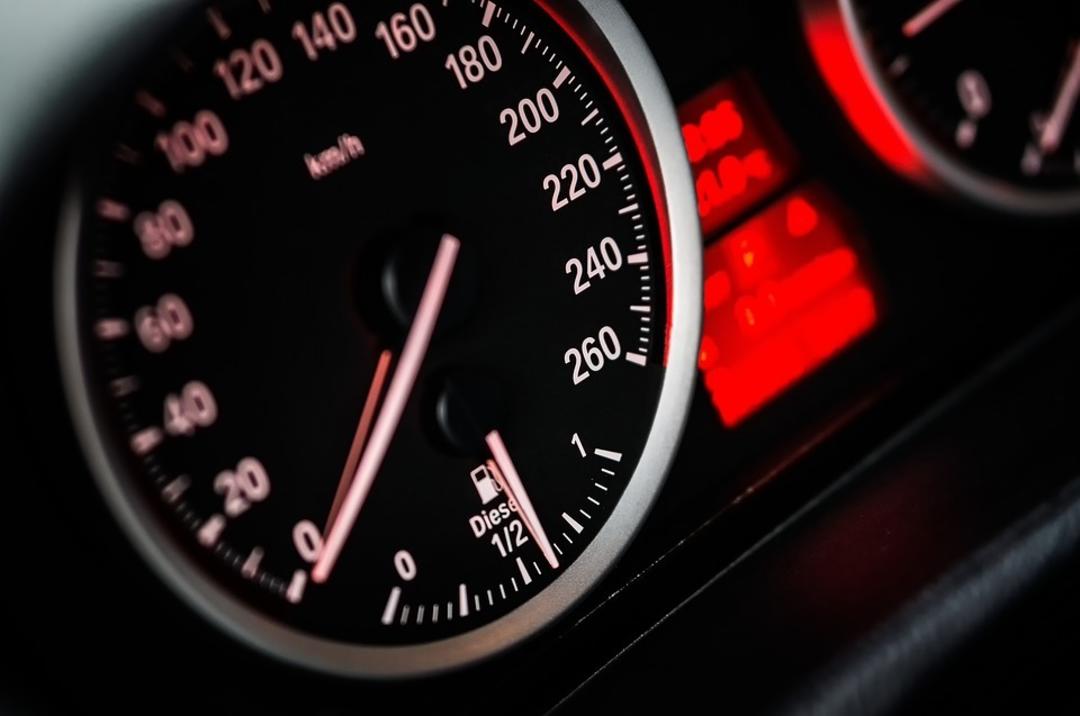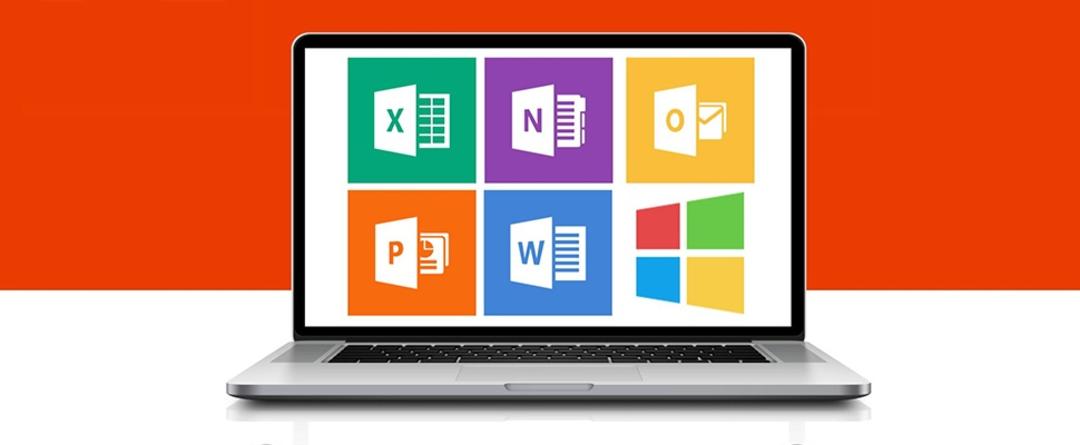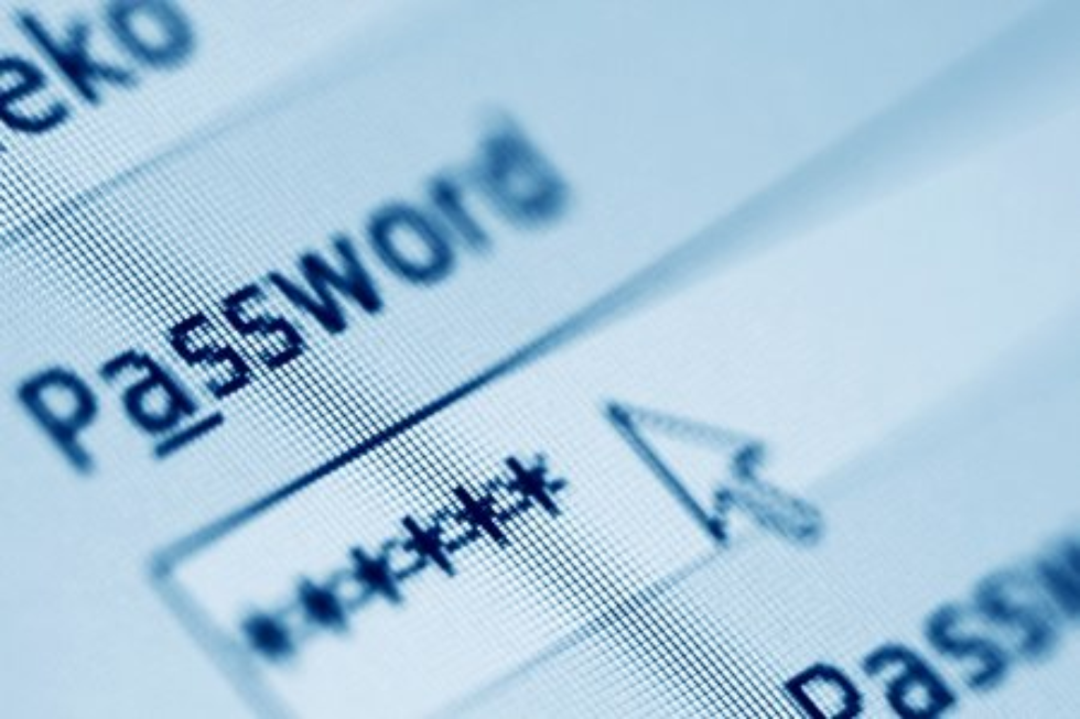The idea that more speed is always better is carefully perpetuated by internet providers. All their business models are based on it and they know the consumer is sensitive to it. But is speed all that matters, and how much internet speed do you really need?
The term broadband internet refers to an internet connection that is fast enough to use basic online services and is also constantly ‘up’. The OECD (Organization for Economic Co-operation and Development) standard sets a minimum of 256 kbit/s, but it is also reported that the average download speed of a broadband connection is 26.8 Mbit in all member countries. /s.
Much more than 256 kbit/s and also much more than when the ‘internet’ started and phone calls started by connecting to a provider’s network via a modem. The speed of that time was only sufficient for webmail; social media and streaming movies and music online would be impossible.
Five types of broadband internet
There are five types of broadband internet. It is possible to connect to the internet via fiber optic, cable and dsl as well as 4G/5G and satellite. Internet via satellite is particularly interesting for remote areas where there is no other broadband variant yet, or for inland ships and buses, for example. A satellite dish communicating with a satellite is used for communication. A data limit is tied to each subscription; unlimited streaming is therefore not included.
The expectation is that satellite internet is facing increasing competition from 4G/5G, the internet we use on our smartphones on the road, but of course it also works well at home. Especially now with 5G, a new generation of mobile internet is available with higher speeds and unlimited usage (depending on the subscription). 4G/5G home internet works with a compatible device using a SIM card or a Wi-Fi router.

there is something to choose
Ever since we left isdn behind, any broadband internet has gotten faster. Whenever one of the variants was thought to have lost the rack, a new generation emerged that was faster than the previous one and could transmit the signal over a longer distance.
What really changed, however, was the availability of various forms of broadband internet and with it the ability to choose. In many places there was only DSL for a long time, then cable internet was added, but now there is also fiber optic.
So you really have different options: a choice of some kind of broadband internet, but usually also for a provider depending on that choice. Because the supplier of the medium with dsl and fiber optics is not automatically the one that provides the service afterwards.
Also, all providers have multiple packages to choose from. Packages that differ in speed but also stand out with additional services such as television and telephone. These 3-in-1 packages or all-in-one packages are often cheaper than individual subscriptions, but the question is whether you need all the services offered.
You need insight into your current situation to make the right choice. How often do you use the internet and how much data do you use? What times of the day do you still use a landline or do you run everything from your smartphone? Are you still really watching TV or is an online subscription enough and then streaming the images to a big screen?
Do an inventory of this ahead of time, this may turn out to be different (and cheaper!) than you previously thought.

local initiative
Although the prevalence of fiber optics in the Netherlands is at an unprecedented rate compared to many other countries, there are still countless cities, towns and counties where fiber does not exist and its arrival has yet to be announced.
If you don’t want to wait any longer and you like to be in control, see if you can start a citizen initiative. If a certain percentage of residents indicate an interest in fiber optic internet, it is often seen that one of the installers is happy to come. In such a case, a minimum number of households is agreed upon and construction begins as soon as enough signatures are gathered.
Fiber optic installers usually have a lot of experience in such ventures and are happy to assist with the launch and implementation of the campaign. Many citizens’ initiatives are organized in a foundation, sometimes with the involvement or support of regional and provincial governments.
Also read: Fiber optic in the Netherlands – these are the plans for the future

How much speed do you need?
The exact speed you need is of course directly related to your usage. However, a rough estimate can be made. The speeds below are the download speeds that the providers communicate and depend on subscriptions.
- Up to 50 Mbit/s: It’s enough to view websites, read mail, follow social media, and stream videos with multiple devices. Usually enough for families or single households.
- Up to 100 Mbit/s: Ideal for working with several people from home, downloading more and more frequently with larger amounts of data, watching Netflix on multiple devices at the same time, or playing online games. It is usually sufficient for households with HD televisions and where the internet is heavily used.
- Up to 400 Mbit/s: It is ideal for those with a 4K television, those who download a lot, those who are online with larger groups at the same time, and those who, for example, are themselves active on the Internet and use the associated higher upload speed for it. For average households, a subscription is not required at this speed.
- Up to 1 Gbit/s: For those times when no one in the house wants to feel limited by internet speed. You can download large files and movies to multiple devices at the same time, play super-fast (online) games, and stream non-stop at the highest resolution. This subscription is not valid for all households.
As is known with dsl and cable internet, that’s not really going to be the speed you’re going to get. Subscription speed with fiberglass alone is, in theory, the speed actually available to you. Of course, you are still dependent on the activities of neighbors and local residents.
However, you have the advantage of synchronous connection where upload speed equals download speed. This is especially helpful if you always work and share files online or use the cloud and other online services frequently.
low boarding
A golden tip for those who don’t know what internet speed they need is not to start too high. Instead, opt for a cheaper subscription at a lower speed and experimentally determine if that’s sufficient for a little longer. If you buy a high-speed subscription right away and find out later that you can get by with less, it’s not always possible to scale down. With most providers, a subscription can only be adjusted after one year.
If you specify that you’re willing to pay more for a higher speed, this can usually be adjusted right away. Also, providers often offer interesting discounts to their customers when they upgrade their subscription to a faster version. If you start high, you’ll quickly miss out on a few free months or pay really too much for the entire subscription period. Do you already have a subscription and not sure if you can do it with less, for example if household members start living outside the home? Then use the expiry of the contract to downgrade and see how you like it.

Insight into usage and performance
In addition to a rough estimate of the required speed, it may also be more accurate. Some providers provide insights through their web portal into usage, the amount of data received and sent, and sometimes even days of the week. If this option is not available, many routers in the premium segment offer a similar functionality. These routers then track usage and consumption throughout the day and provide insight into this via the web interface or the router app.
Consider a Fingbox as an alternative to a premium router. This is a small device that you place on the network and constantly scans and checks the home network. It keeps track of which devices are online or offline, but also monitors the internet connection. It checks the connection stability and speed, but also collects this data for further insight.
You can compare your provider’s performance with that of other providers in your village or municipality in the web interface of Fingbox or the Fing app. The condition is that there are other users in your area who have Fingbox. For other places, the Fing website lets you check out the fastest internet providers or those with the least disruption. Unfortunately, Fing has put these and more advanced features behind a subscription, but it does provide some nice information.
In addition to usage, it’s also important to look at the performance of different providers. The Consumer Association reports quarterly consumer appreciation for various providers. The provider with the highest rating for speed, stability and quality of services such as television and telephony is shown at www.consumentenbond.nl/internet/beste, but there is also a more comprehensive overview with more providers.
The result is the result of the Provider Monitor, with thousands of consumers participating. Fiber optic and dsl providers often score better than cable providers.

Who is my provider?
Somewhere in your home comes one or more connections: for gas, water, electricity and also internet. This could be a telephone cable, a television cable, and it may already be fiber optic. Are you moving and need to convert subscription but don’t know who the providers are at the new address? Or do you want to start using fiber optic but don’t know which provider the cable belongs to? Then go to www.mijnconnection.nl.
This website is an initiative of all network operators in the Netherlands for gas, electricity, water, heat, sewage, media and communications. Once you’ve created an account, you can check here who the providers are based on the zip code and house number of each address, and therefore who to contact with any questions about cable connection or fiber optics.

Triple and quadruple play
While choosing the best internet connection is already a big deal, the additional services that come with it make it even harder. Triple play was a combination of internet, television and landline phone in one package, but the really big players like KPN and Vodafone/Ziggo even offer quad play where mobile internet and phone are at the top. Because they prefer to sell all these services to you, the providers try to make these packages as attractive as possible.
In addition to a competitive price for the whole package, you get other benefits in the mobile package, such as more data and extra television channels. These advantages can make playing threes and fours a lucrative choice, but leaves you too dependent on a single provider. A separate phone subscription with another provider may also be cheaper after all, and it’s doubtful whether you’ll actually use all the extras. You can read more in our article on choosing the best internet provider!
Source: Computer Totaal













